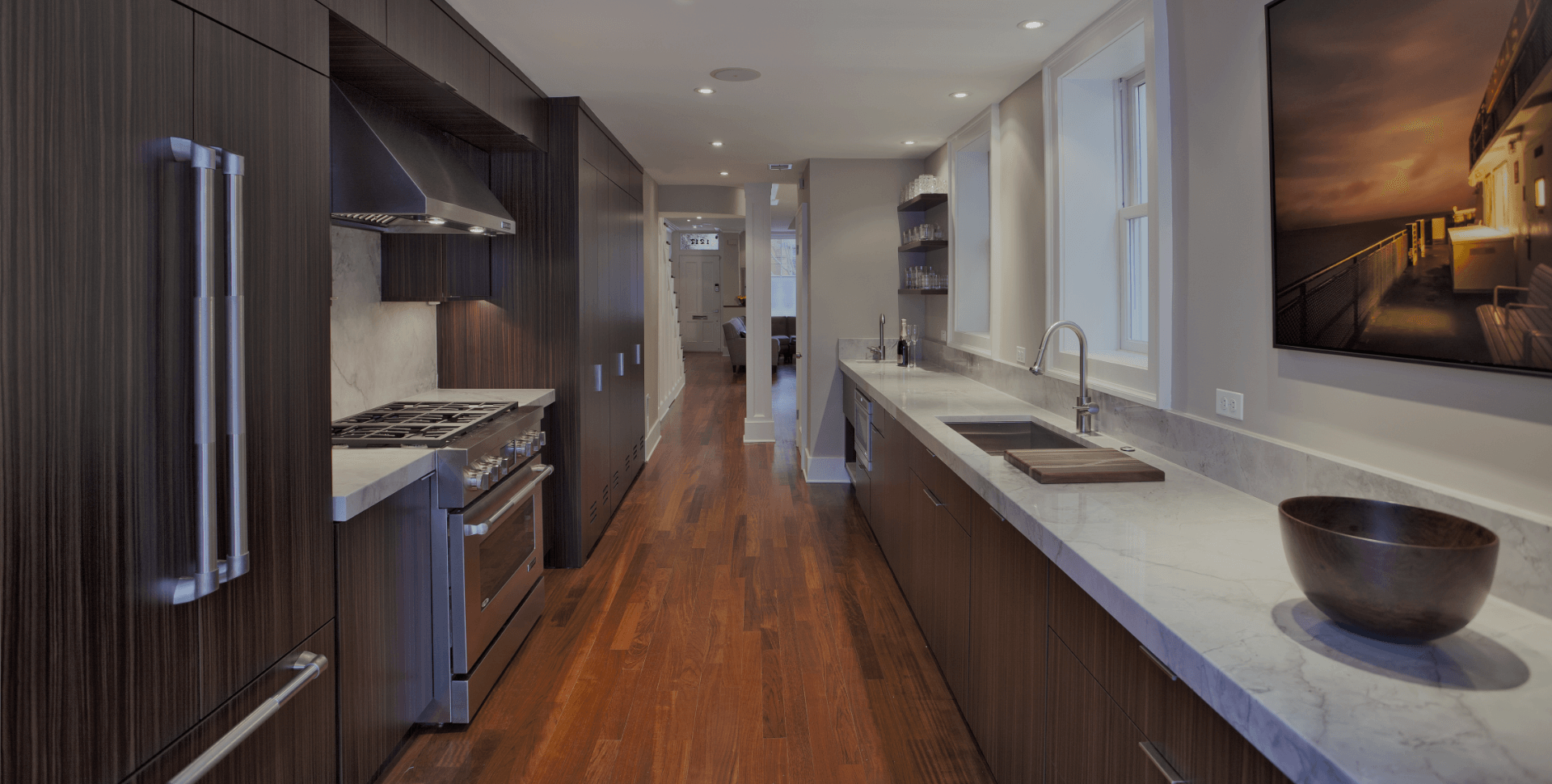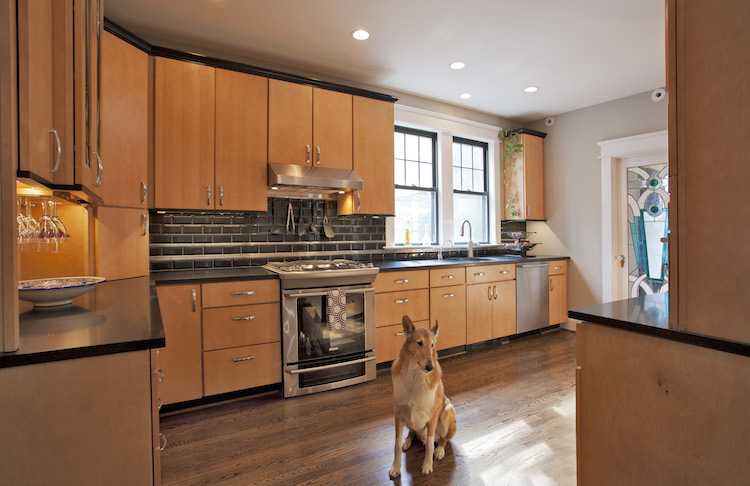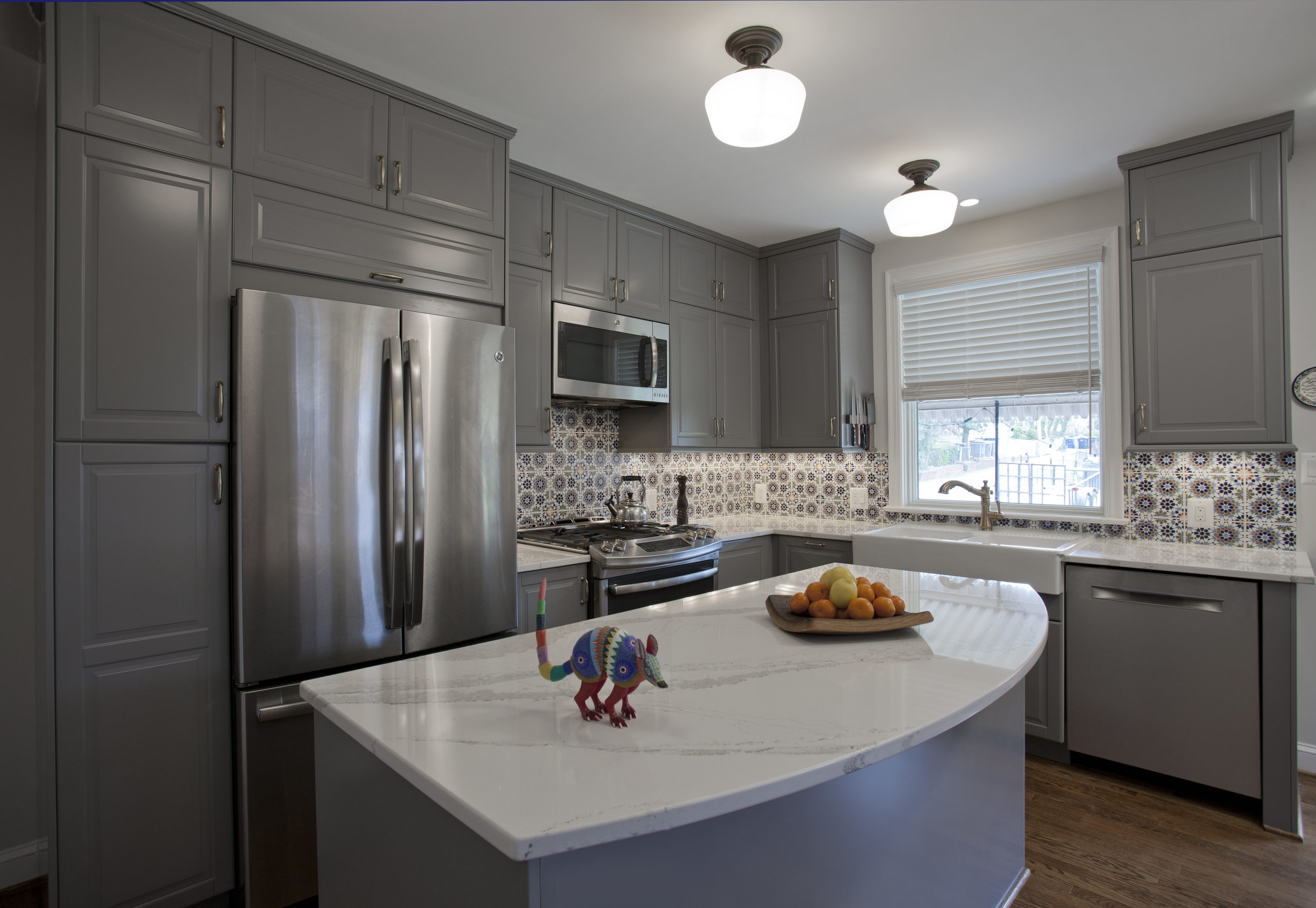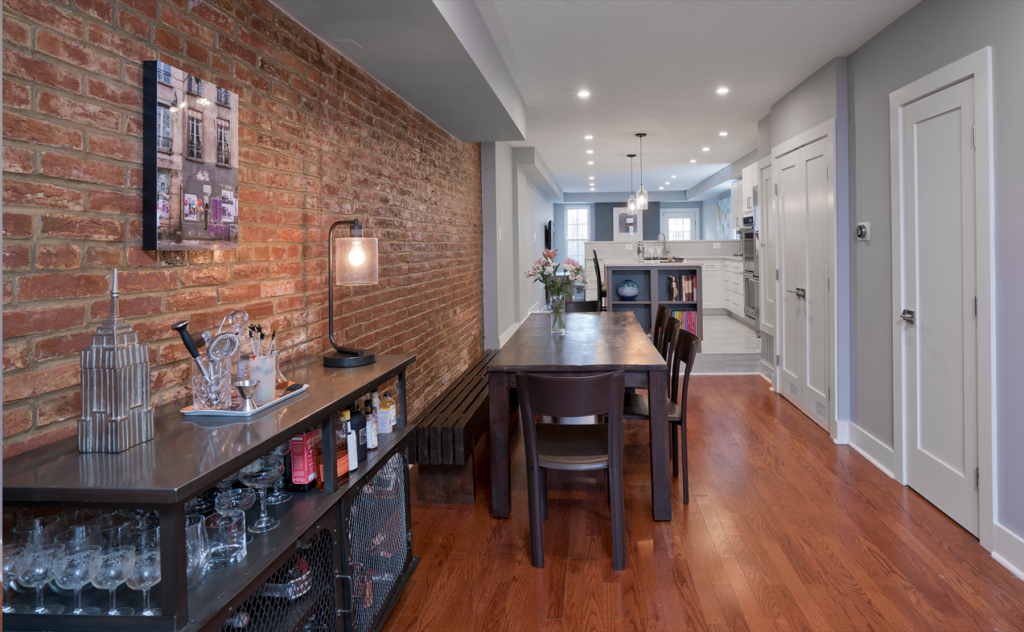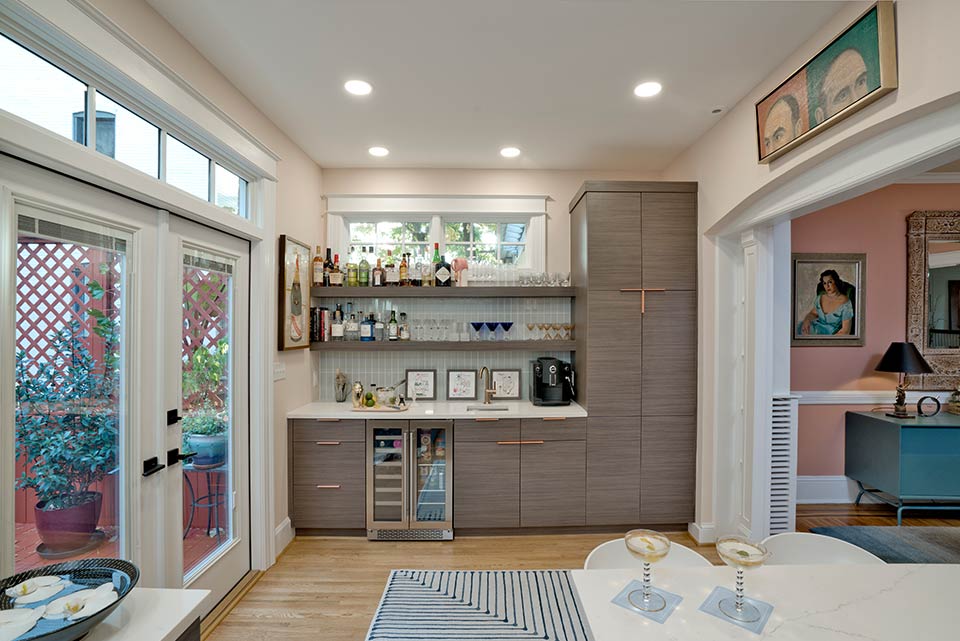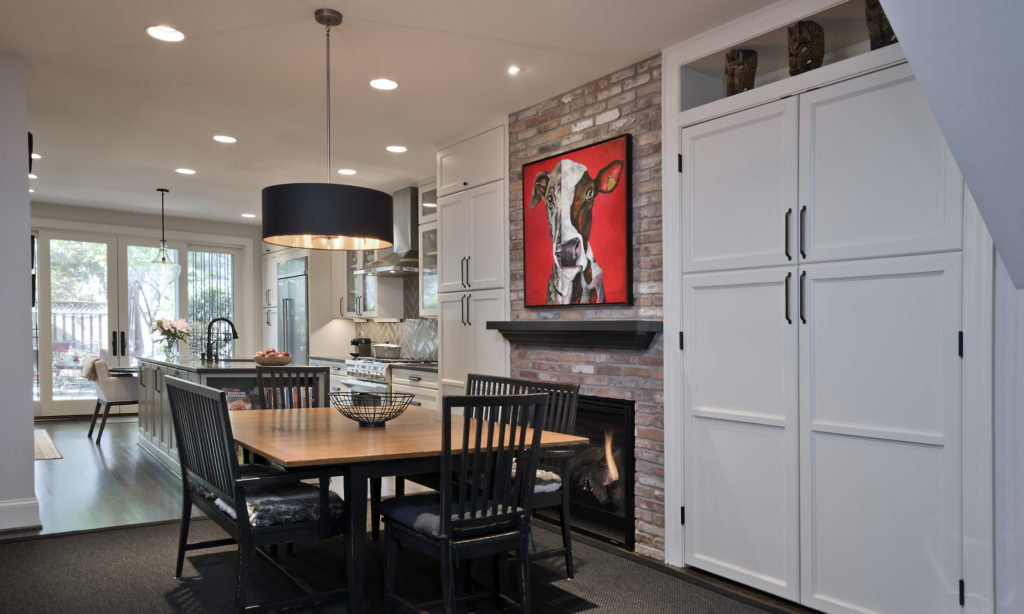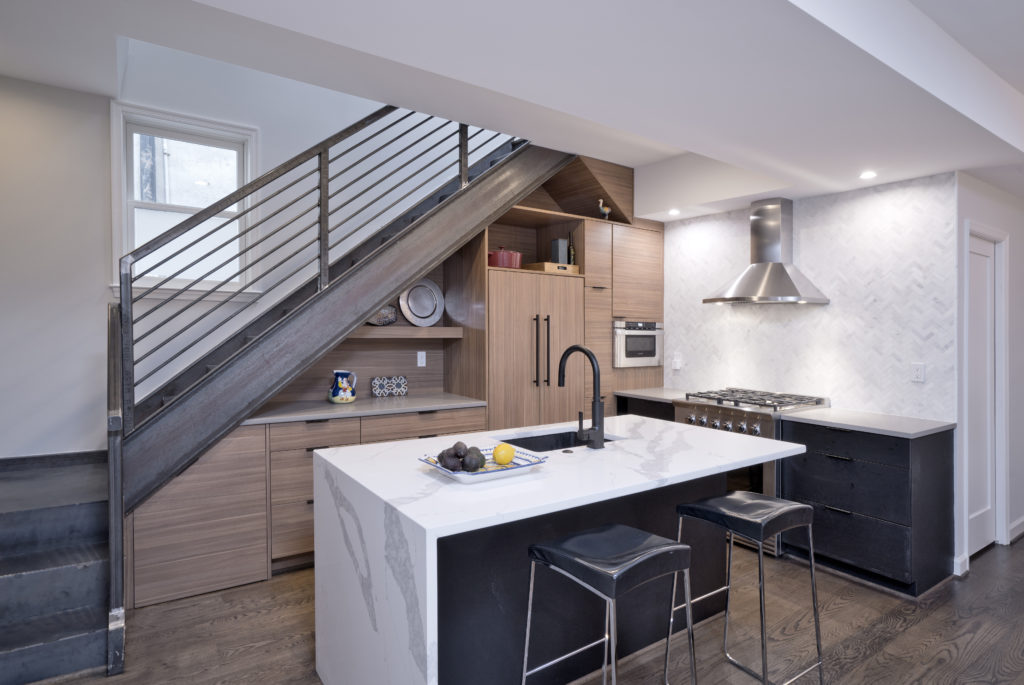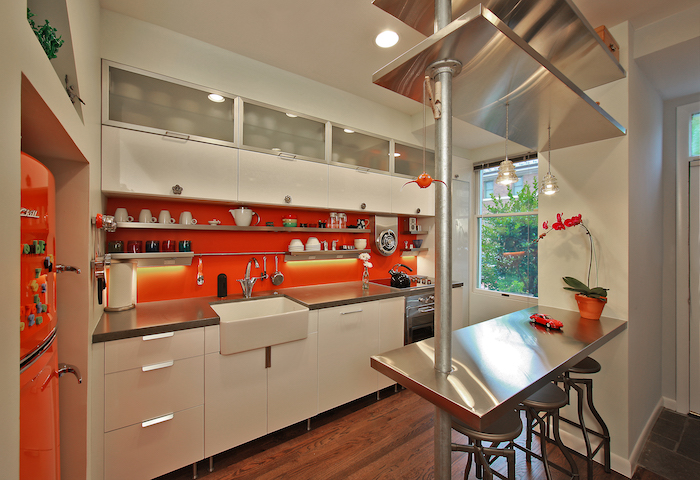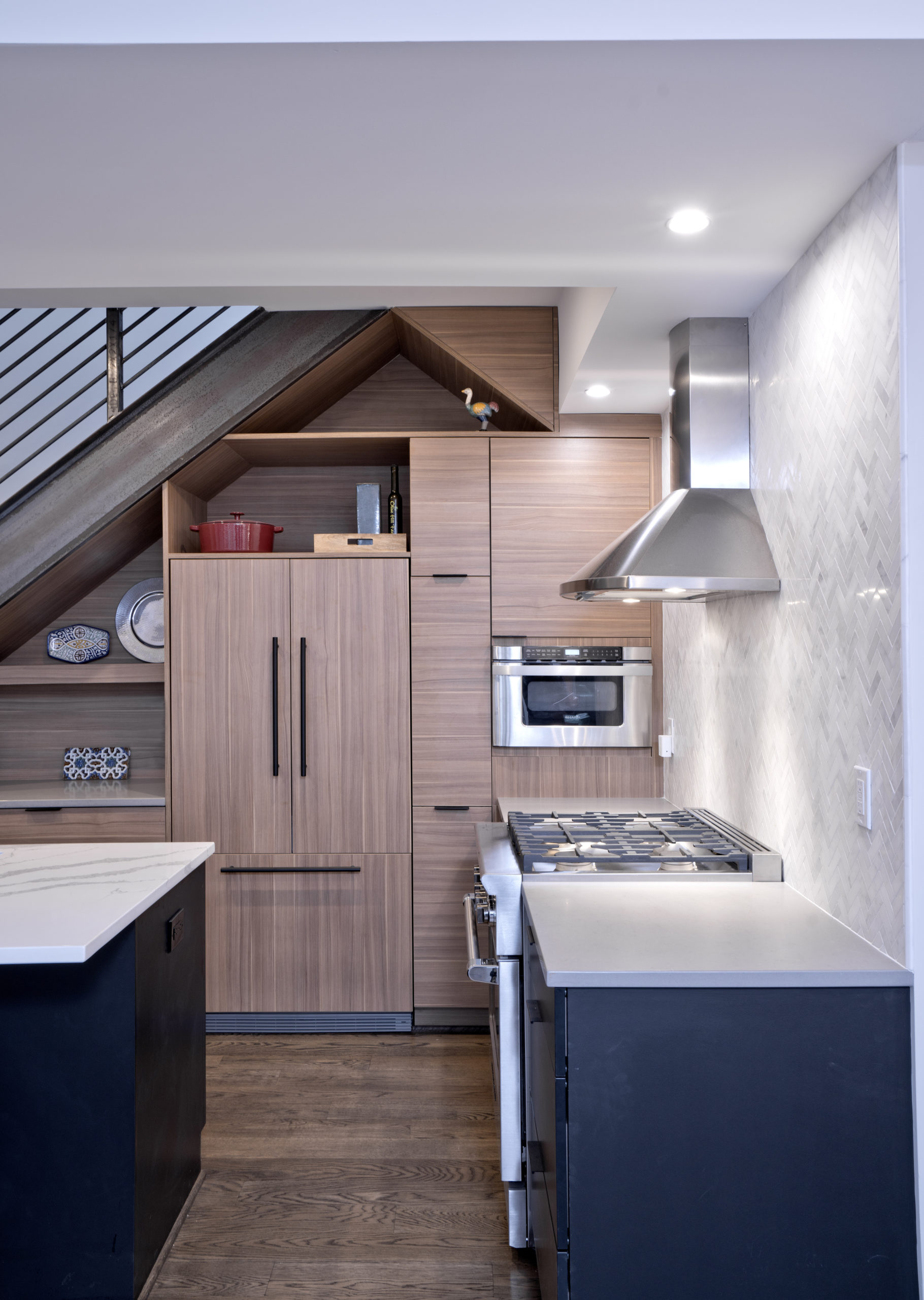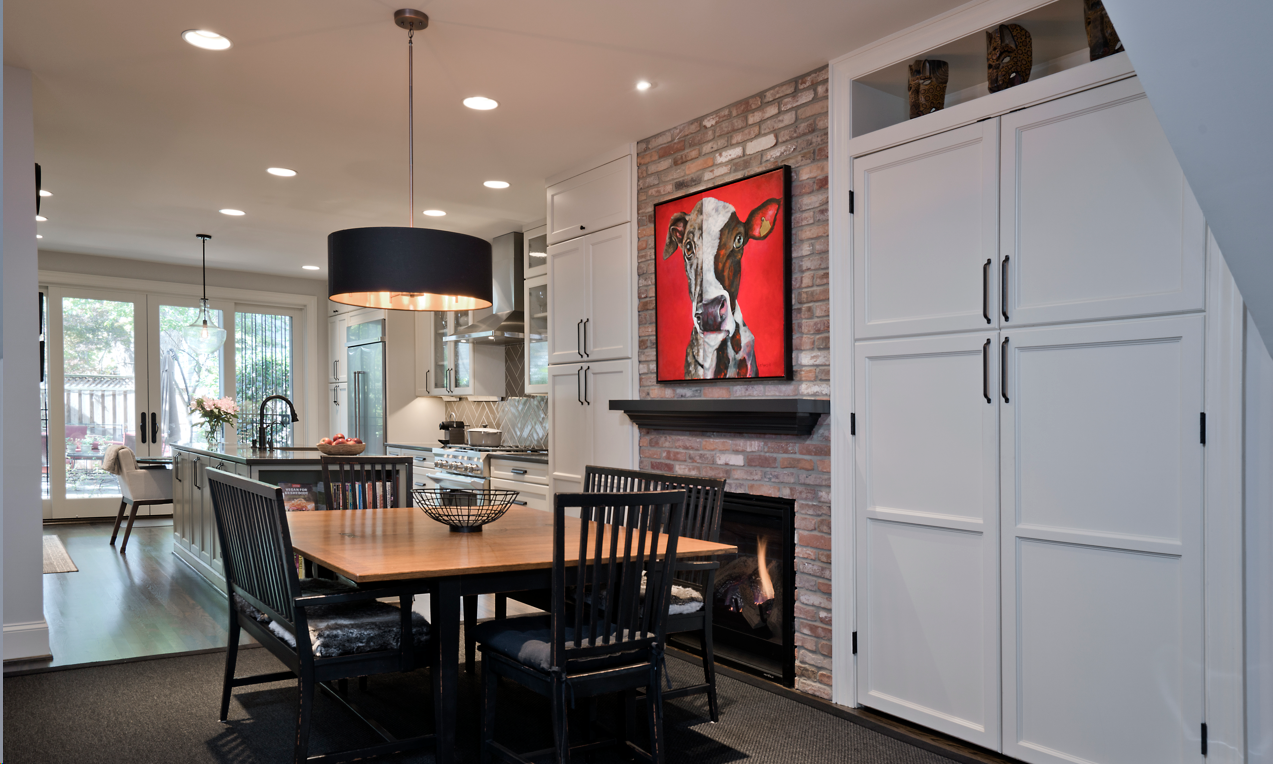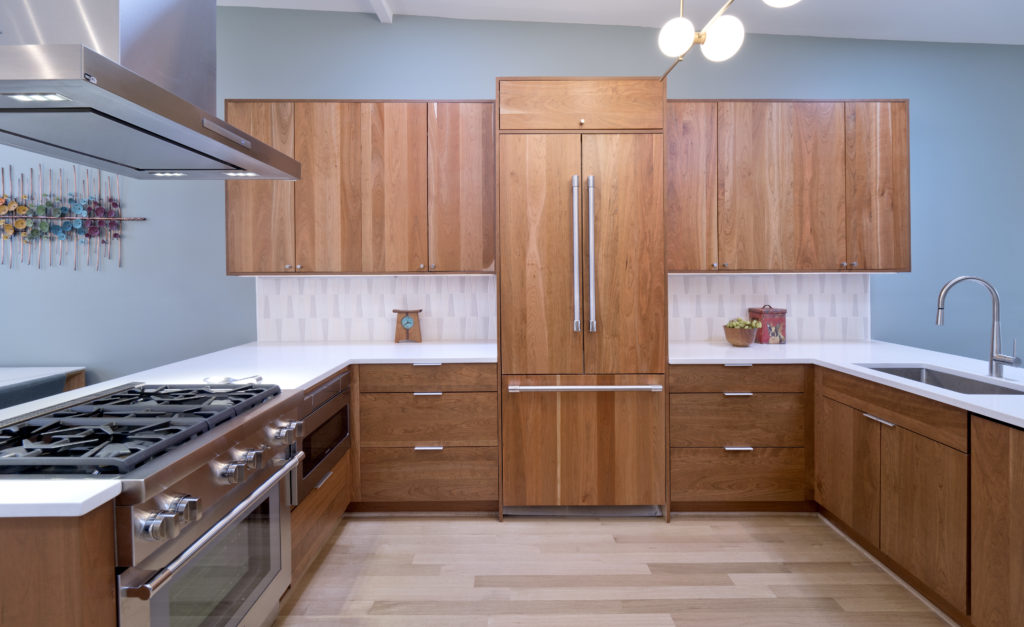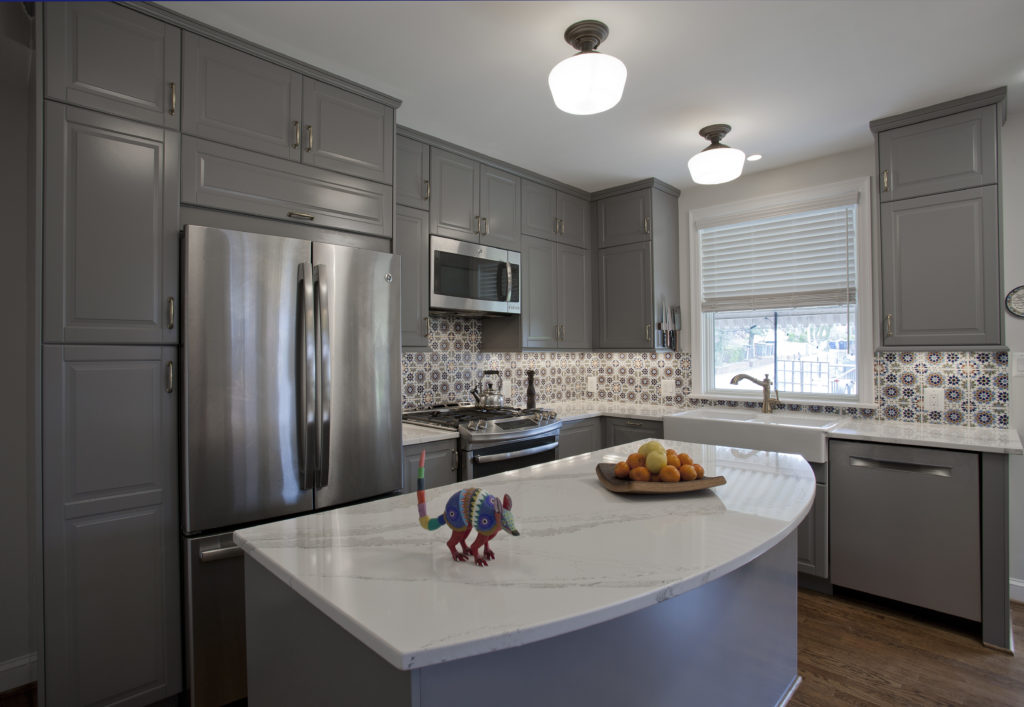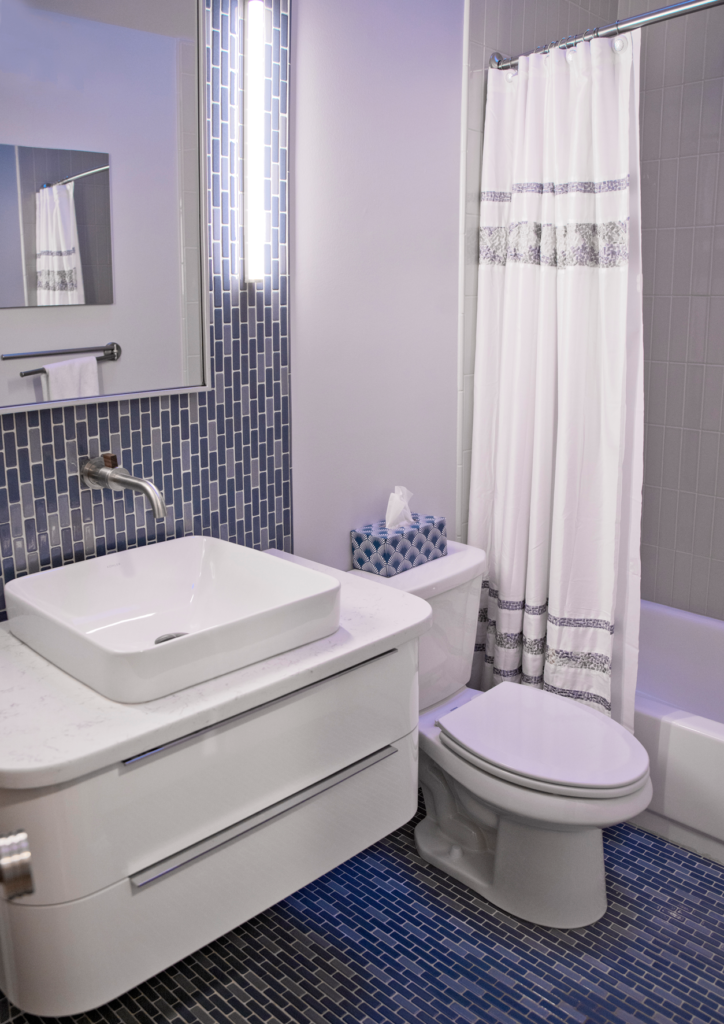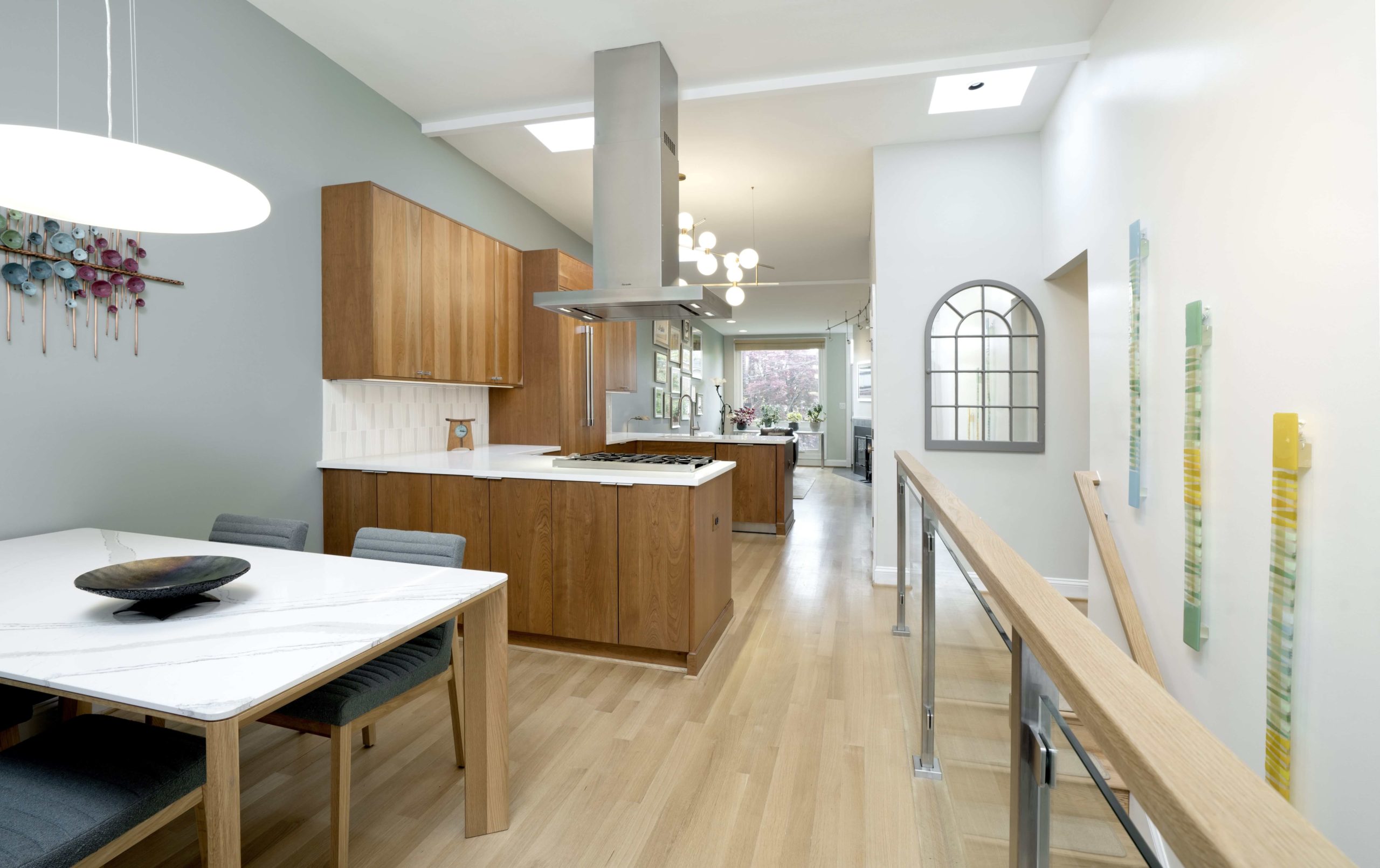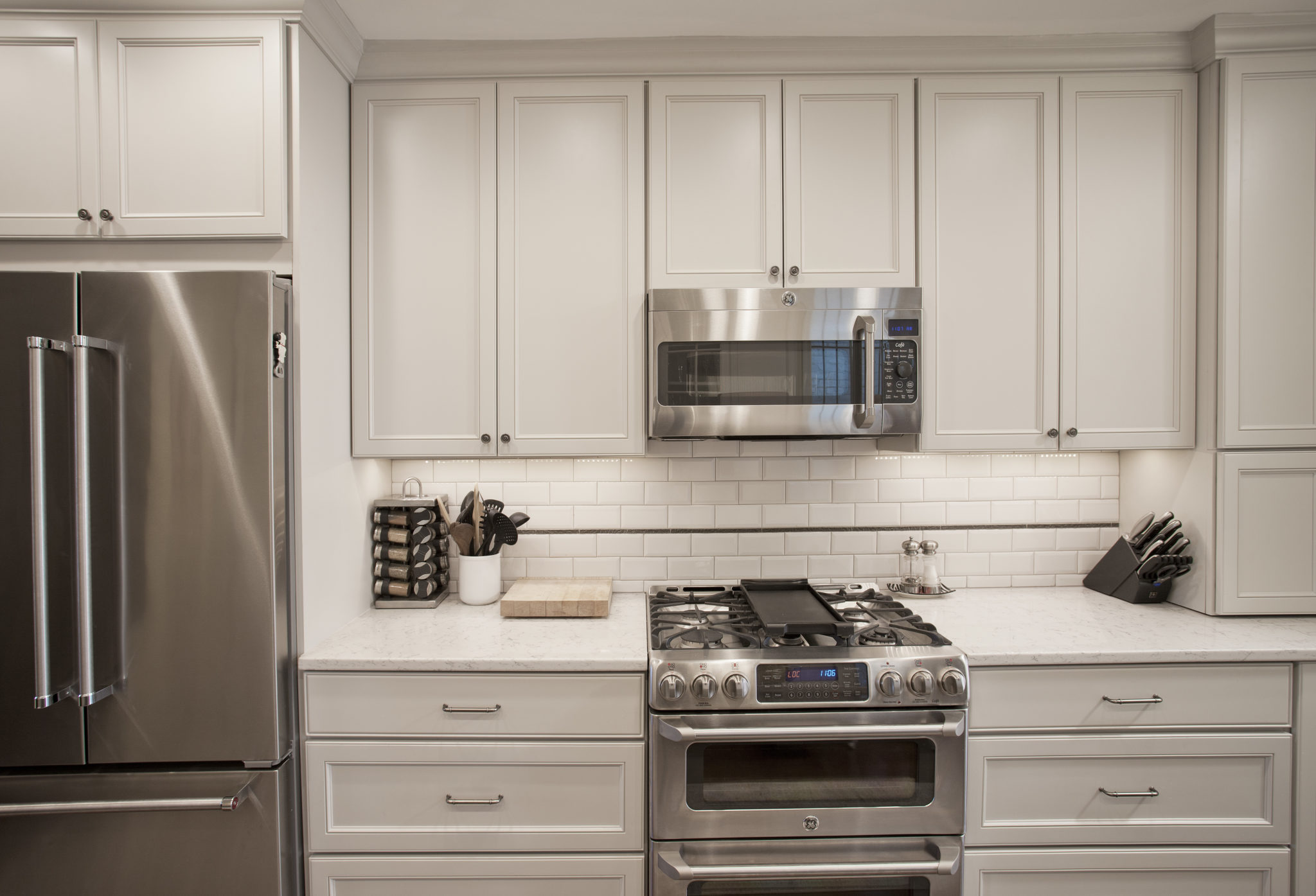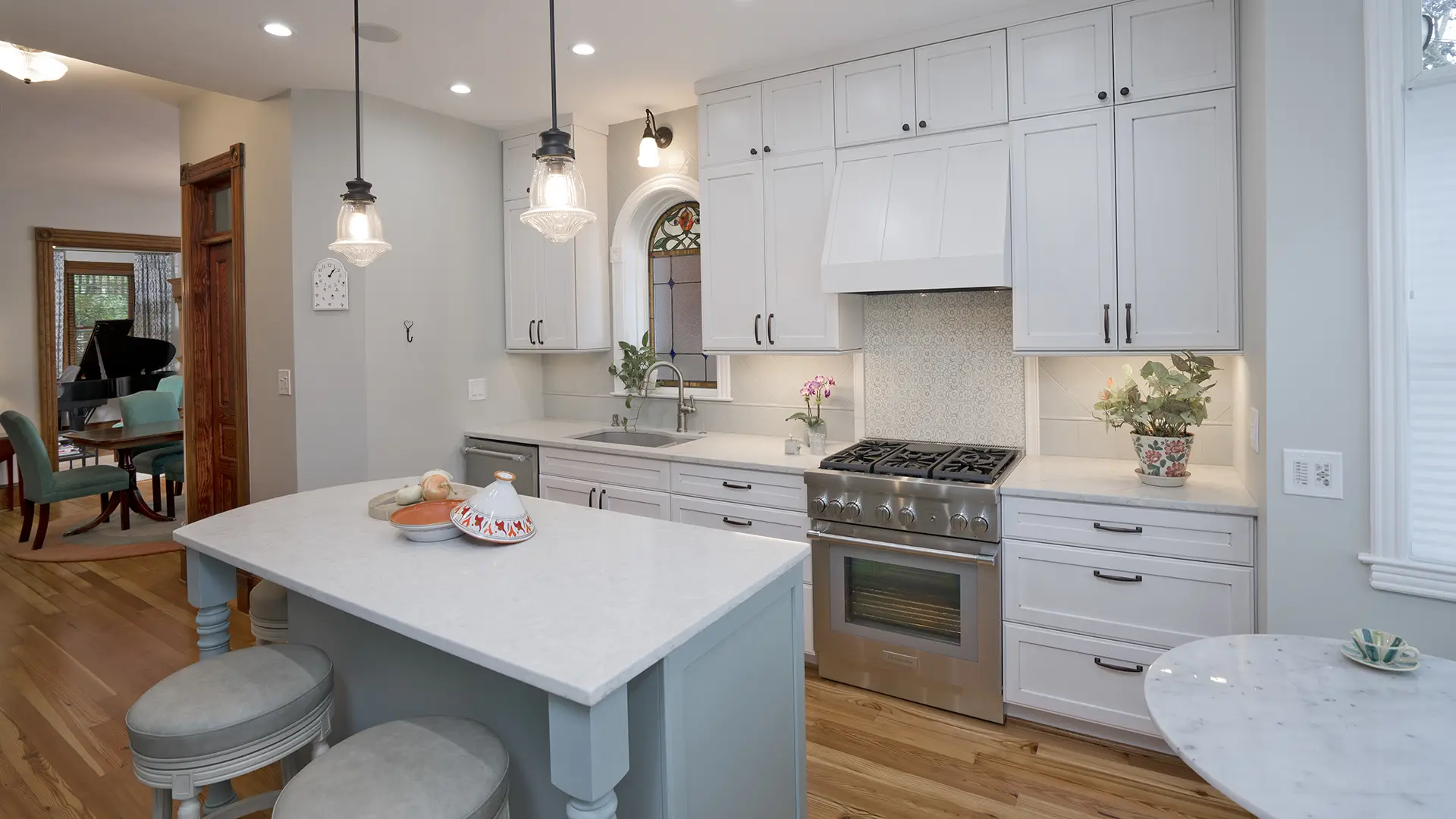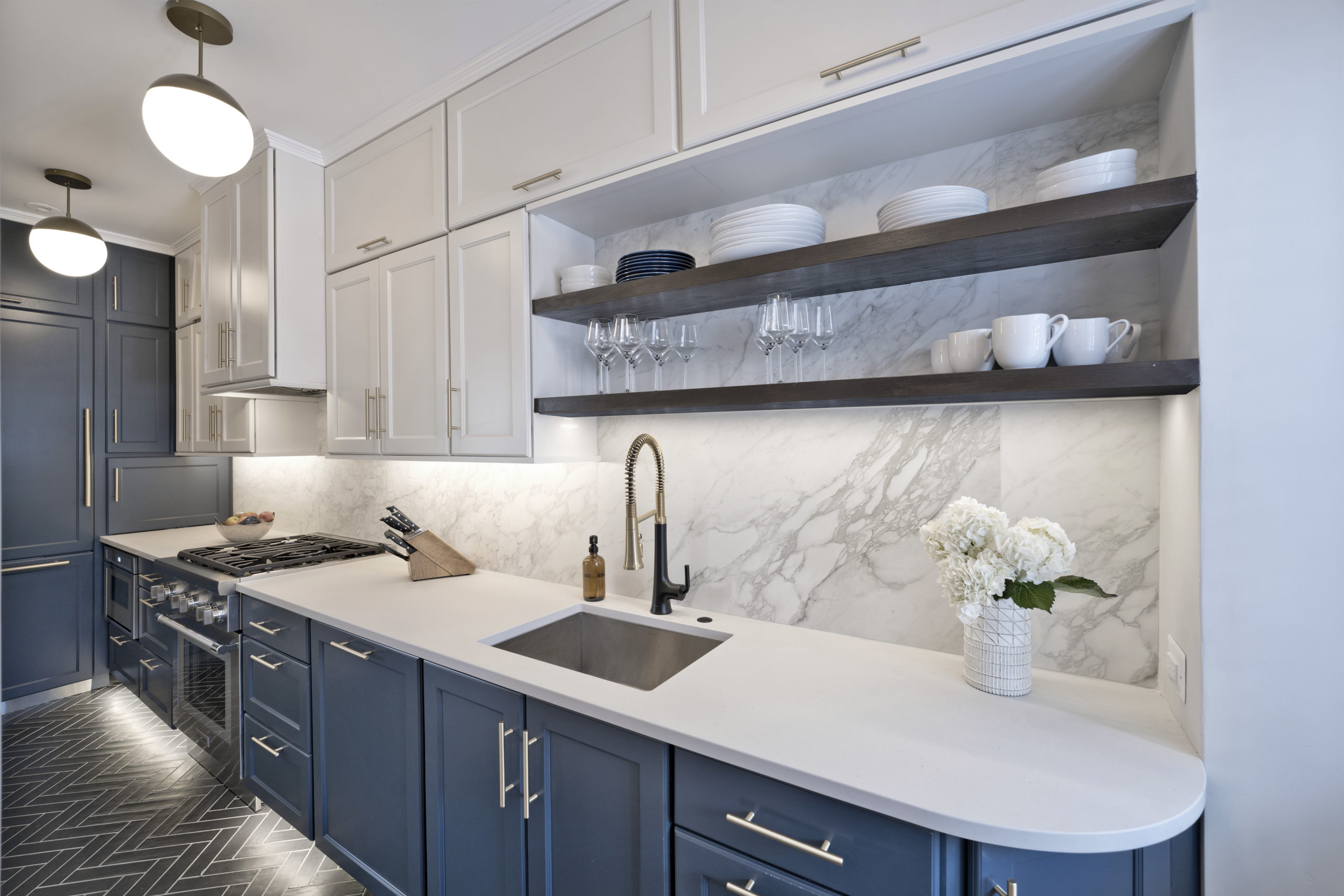
Our Kitchen Remodeling Process: Capitol Hill
Kitchens are used for more than just cooking meals. Your family comes together in your kitchen every day to laugh, talk about their day, and enjoy great food. You make guests feel right at home with a cup of coffee or tea from your kitchen. Having a beautiful kitchen not only improves your home’s appearance, but gives you the luxury and comfort you want to feel at home. Replacing old countertops and cabinets can really spruce up your kitchen and make it feel new. Expanding your kitchen can give you a little extra room for that breakfast nook you desire. Whatever the project, remodeling your kitchen can give it new life.
Remodeling or renovating your kitchen can also add significant value to your home. As a homeowner in Capitol Hill’s competitive housing market, you know the importance of increasing your home’s equity. Remodeling your kitchen—no matter how big or small the project—can increase your home’s value, which will pay off in the housing market in the future.
Many of the houses in Capitol Hill are small, which means these houses are equipped with small kitchens. Remodeling a tiny space presents a unique challenge, but is by no means impossible. In fact, working with small spaces inspires creativity in learning how to best remodel the room and make the most of your limited space. You can design many simple renovation projects to greatly improve your small kitchen.
Finding creative and unique renovation solutions for every project and setting to make your project come to life is the true hallmark of an excellent home design and remodel contractor. Finesse Design has the expertise to tackle any renovation or remodeling project and bring your vision to life, even in the smallest of homes in Capitol Hill.
The Finesse Design Experience
We deliver more than a service; it’s an experience. We understand that there are a lot of contractors to choose from, so why choose Finesse? Whether you are planning a new kitchen or bath, creating a basement apartment, or even imagining an addition to gain more space, when working with a remodeling contractor, it’s about the experience. Our clients have the benefit of working directly with the partners of Finesse through the entire process. From the initial consultation, through planning and design, to producing and finishing your renovation, we are by your side sharing over 50 years of design and construction experience. The best part of it all is we make it fun and enjoyable for you, and deliver an outstanding new space you can’t wait to start living in.
How do we Complete our Projects? The Finesse Experience Includes the Following Steps:
- Complimentary Consultation: We provide a complimentary in-home consultation to get started. During the consultation, we listen to your project goals and identify any challenges we might face during the renovation process. After the consultation, we will be able to determine price range and timeframes for your project
- Design and Concepts Phase: We re-visit your home to complete measurements so we can start to prepare multiple design concepts, including floor plans, elevations, and 3D views. We share all parts of the design process with you, and want to hear your feedback at every step. We will explore the pros and cons of different designs with you, work to create a design we both agree on, then communicate with our subcontractors to finalize pricing.
- Construction Phase: Before construction begins, we hold a pre-construction meeting to discuss access to your home, temporary protection placement, the plan for the first week, and more. During construction, we provide weekly progress reports via email. Once construction is complete, we complete a walk-through and identify any other items necessary to completing the project.
- Warranty: We offer a comprehensive warranty plan for two years. We check in at the end of the first and second years to make sure you’re still satisfied with our services.
When you’re looking to renovate your kitchen, choose a contractor that will give you beautiful results with quality that’s built to last. Contact us today at (703) 337-2822 or Info@Finesse-Design.com to schedule a free consultation!
